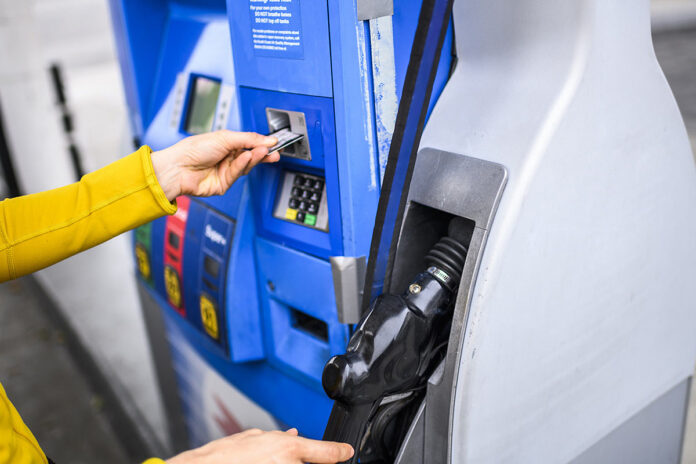 Washington, D.C. – Stability is the name of the game to start October with the national average for a gallon of regular the same as it was one week ago at $3.15. Tis the season for lower gas prices as demand drops and gas stations make the switch to winter-blend gasoline which is cheaper to produce.
Washington, D.C. – Stability is the name of the game to start October with the national average for a gallon of regular the same as it was one week ago at $3.15. Tis the season for lower gas prices as demand drops and gas stations make the switch to winter-blend gasoline which is cheaper to produce.
Crude oil supply remains robust as OPEC+ – a group of oil-producing countries – is likely to announce in the coming days another production increase in November. That surplus coupled with weaker demand is keeping pump prices down, even as some U.S. refineries are expected to go offline this month for seasonal maintenance.
Today’s National Average: $3.159
One Week Ago: $3.157
One Month Ago: $3.186
One Year Ago: $3.196
 According to new data from the Energy Information Administration (EIA), gasoline demand decreased from 8.95 million b/d last week to 8.51 million. Total domestic gasoline supply increased from 216.6 million barrels to 220.7 million. Gasoline production decreased last week, averaging 9.3 million barrels per day.
According to new data from the Energy Information Administration (EIA), gasoline demand decreased from 8.95 million b/d last week to 8.51 million. Total domestic gasoline supply increased from 216.6 million barrels to 220.7 million. Gasoline production decreased last week, averaging 9.3 million barrels per day.
Oil Market Dynamics
At the close of Wednesday’s formal trading session, WTI fell 59 cents to settle at $61.78 a barrel. The EIA reports crude oil inventories increased by 1.8 million barrels from the previous week. At 416.5 million barrels, U.S. crude oil inventories are about 4% below the five-year average for this time of year.
EV Charging
The national average per kilowatt hour of electricity at a public EV charging station stayed the same this past week at 36 cents.
State Stats
Gas
The nation’s top 10 most expensive gasoline markets are California ($4.64), Washington ($4.53), Hawaii ($4.49), Oregon ($4.17), Nevada ($3.90), Alaska ($3.87), Arizona ($3.54), Idaho ($3.49), Utah ($3.39), and Illinois ($3.34).
The nation’s top 10 least expensive gasoline markets are Oklahoma ($2.65), Mississippi ($2.70), Louisiana ($2.74), Texas ($2.75), Arkansas ($2.75), Tennessee ($2.78), Alabama ($2.79), Missouri ($2.81), Wisconsin ($2.81), and South Carolina ($2.81).
Electric
The nation’s top 10 most expensive states for public charging per kilowatt hour are Alaska (51 cents), West Virginia (47 cents), Hawaii (46 cents), South Carolina (45 cents), New Hampshire (43 cents), Tennessee (43 cents), Arkansas (43 cents), Alabama (43 cents), Montana (42 cents), and Louisiana (42 cents).
The nation’s top 10 least expensive states for public charging per kilowatt hour are Kansas (26 cents), Maryland (28 cents), Missouri (28 cents), Nebraska (28 cents), Utah (28 cents), Delaware (31 cents), Vermont (32 cents), North Carolina (32 cents), Colorado (33 cents), and Iowa (34 cents).
Drivers can find current gas and electric charging prices along their route using the AAA TripTik Travel planner.



